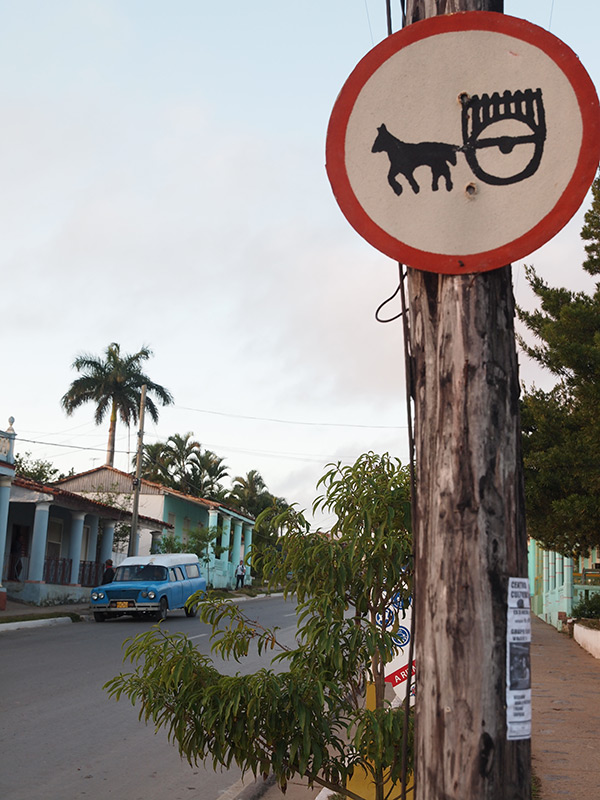Overview
In this photo essay and accompanying text, Charles D. Thompson, Jr. meets Cuban farmers, explores sustainable agricultural initiatives in the island nation, and suggests the possibilities for mutually beneficial exchanges with farmers’ organizations in the US South.
“Visions for Sustainable Agriculture in Cuba and the United States: Changing Minds and Models through Exchange” was selected for the Southern Spaces series Landscapes and Ecologies of the US South, a collection of innovative, interdisciplinary publications about natural and built environments.
Neither Eden nor Wasteland
 Ninety miles south of Florida lies the island that PBS’s Nature calls the “Accidental Eden.” According to the show’s website: “While many islands in the Caribbean have poisoned or paved over their ecological riches on land and in the sea in pursuit of a growing tourist industry, Cuba’s wild landscapes have remained virtually untouched.” Ironically, the photograph the PBS program chose to use on its opening page shows a site that is far from a “natural” area devoid of human intervention. Rather it is a valley called Viñales that is filled with small farms.
Ninety miles south of Florida lies the island that PBS’s Nature calls the “Accidental Eden.” According to the show’s website: “While many islands in the Caribbean have poisoned or paved over their ecological riches on land and in the sea in pursuit of a growing tourist industry, Cuba’s wild landscapes have remained virtually untouched.” Ironically, the photograph the PBS program chose to use on its opening page shows a site that is far from a “natural” area devoid of human intervention. Rather it is a valley called Viñales that is filled with small farms.
Just a three hour drive from Havana, Viñales is a popular tourist destination for foreigners who want to experience the Cuban countryside. Although it is a protected “natural” area, it is the valley’s human landscape—thousands of small, working farms—that make the region uniquely picturesque. In 1976, Cuba deemed the Viñales Valley a national park while allowing the farmers to remain and tend the land as their ancestors had for centuries. In 1998, UNESCO named Viñales a World Heritage site.2 Some residents in Viñales are benefiting from tourist dollars by offering casa particulares or by working in restaurants, hotels, as musicians, etc. Most of the area’s small farmers are not benefiting from tourist dollars, but that does not mean they can’t.
Viñales is known for its forested hills called mogotes, its caves, and its family-run farms, most of them growing tobacco, beans, rice, corn, and other crops, and many plowed by oxen. While this Cuban valley may be a paradise of sorts, humans here are much more than spectators. Viñales farms are no accidental Edens. They display the results of generations of sacrifice and invention, of work with machete and plow. Idyllic portrayals of the natural beauty of Cuba often ignore people and their agency, relegating farmers to insignificance and citizens to passivity. People help shape the scenery, and their innovations help them manage their environments.
Leave a Reply